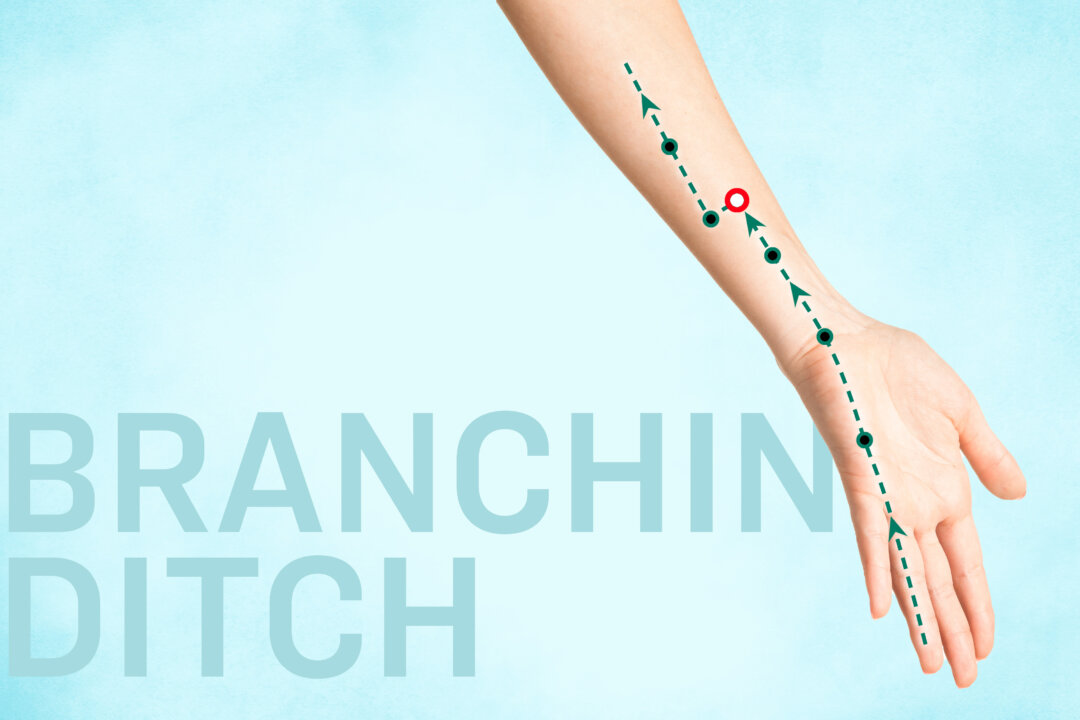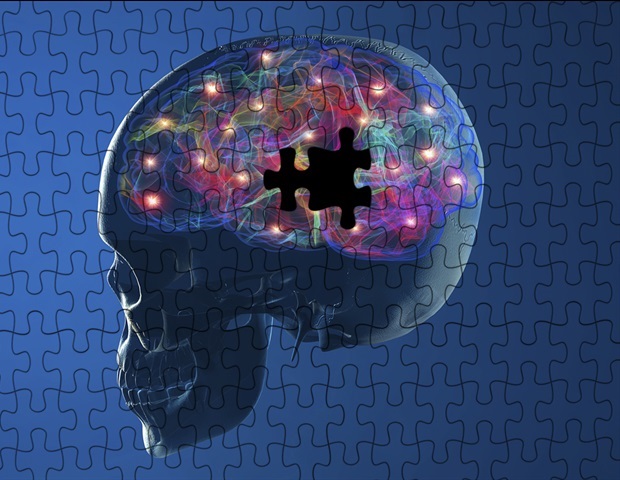Pinto beans and are delicious, filling and good for you. But they have some major differences in taste, texture and nutrition, dietitians say. And those factors can help you choose the right bean for your meal.
When it comes to most nutrients, including fiber and protein content, the two bean varieties are almost equal, Shelly Wegman, a registered dietitian with UNC Rex Nutrition Services, tells TODAY.com. Fiber is , as TODAY.

com explained previously. But most of us in the U.S.
aren't eating enough of it. Getting adequate fiber also helps the body maintain healthy cholesterol and blood sugar levels. A is also associated with lower blood pressure and a reduced risk for breast cancer among women, Wegman adds.
But fiber isn't all that these beans have to offer. The anthocyanins in beans, a type of antioxidant compound, can help "boost insulin sensitivity," Wegman says, helping the body use glucose properly and keep "your blood sugar levels closer to normal." Black beans and pinto beans, like , are full of other micronutrients, too, Grace Derocha, registered dietitian and spokesperson for the Academy of Nutrition and Dietetics, tells TODAY.
com. "Both pinto beans and black beans are good sources of fiber, protein and carbs," she says. They also contain essential minerals like iron and , as well as vitamin B9 (folate), Derocha added.
So, when you're faced with the crucial decision of which bean to eat — in line at, say, your favorite — is there an obvious answer? Are pinto or black beans healthier for you? A will contain: Just a beans provides: You'll also find a good amount of essential minerals like copper, iron, magnesium and phosphorus in both pinto and black beans, Derocha notes. Pinto beans and black beans provide similar amounts of filling and plant-based protein. But black beans have a "slight edge" when it comes to protein, Derocha notes.
While pinto beans provide about slightly more than 6 grams of protein per half-cup, black beans contain 7 grams for the same serving. Again, both beans are a plentiful source of gut-healthy fiber, which also has benefits for heart health and blood sugar regulation. And, as with protein, black beans come out slightly ahead, containing a whopping 8 grams of fiber per half-cup serving, which amounts to almost 30% of your daily value, Derocha notes.
You'll find a ton of other nutrients in both pinto beans and black beans. In particular, they're both great sources of essential minerals, particularly copper and iron. They also both contain , with black beans providing more due to their dark color.
Black beans are especially rich in saponins and as well as the flavonoids kaempferol, quercetin, catechin and myricetin. The compounds have potential cancer-fighting and heart-protecting properties, Derocha says. Kidney beans, which have a similarly darker color, also contain a lot of these antioxidant compounds, Wegman adds.
Meanwhile, pinto beans are high in folate, a , Derocha says. They also contain about 20% of your daily vitamin B6, Wegman says, which supports your metabolism and immune system. Pinto beans also contain some of the same anti-inflammatory and antioxidant compounds as black beans, including catechin, kaempferol and quercetin, Derocha explains.
The beans also have notable differences in taste and texture, which may make one or the other more suitable for the dish you’re making. While both can be great in soups, black beans tend to keep their shape and texture a little more, making them a ingredient or . You can also form them into or take advantage of their darker color to for a fiber boost.
Pinto beans, however, are "creamier and have an earthier flavor," Wegman says, with a texture that makes them ideal for mashes and dips, in addition to soup and . Of course, pinto beans are also the go-to for . You can also buy dry beans in bulk and then , the dietitians say.
This method is more time-consuming but quite cost-efficient, and the resulting beans will be naturally than canned beans. "Dry beans are a really phenomenal nutritional bang for your buck because of the protein and fiber content, and they are very fairly inexpensive," Wegman says, adding that the soaking and cooking process can be shortened significantly in a pressure cooker or . But if soaking and cooking dried beans simply isn't in the cards for you, canned beans are still an "excellent alternative," she adds.
If you do opt for canned beans, try to buy ones without any added salt. But if you do buy ones with salt added, you can rinse the liquid off to remove about 25% of the sodium, Wegman says. Pinto beans and black beans are quite similar in nutrients, the experts say, and either can be a healthy source of fiber and protein.
But there are some considerations to keep in mind when choosing between these beans. First, black beans have a lower glycemic index, Derocha says, which means they may be a better option for those with diabetes or pre-diabetes. On the other hand, some may find that pinto beans are easier to digest, she says, so folks with digestive issues may prefer those.
While beans are pretty , black beans tend to be among the cheapest because they're a hardier plant that's available year-round, Wegman explains. Whether you choose pinto beans or black beans, you'll be getting a major dose of protein, fiber, vitamins, minerals and antioxidants. If you're really forced to choose, black beans come out on top in both fiber and protein — but only by a few grams.
Ultimately, both types of beans are so healthy and nutrient-dense that you really can’t go wrong. And there's no reason not to include them both in your diet..
Health

Are pinto beans or black beans better for you? Dietitians reveal which has more protein

If you're deciding between pinto beans and black beans, look at their protein, fiber and antioxidant content, dietitians say. One type of bean has a slight edge.















